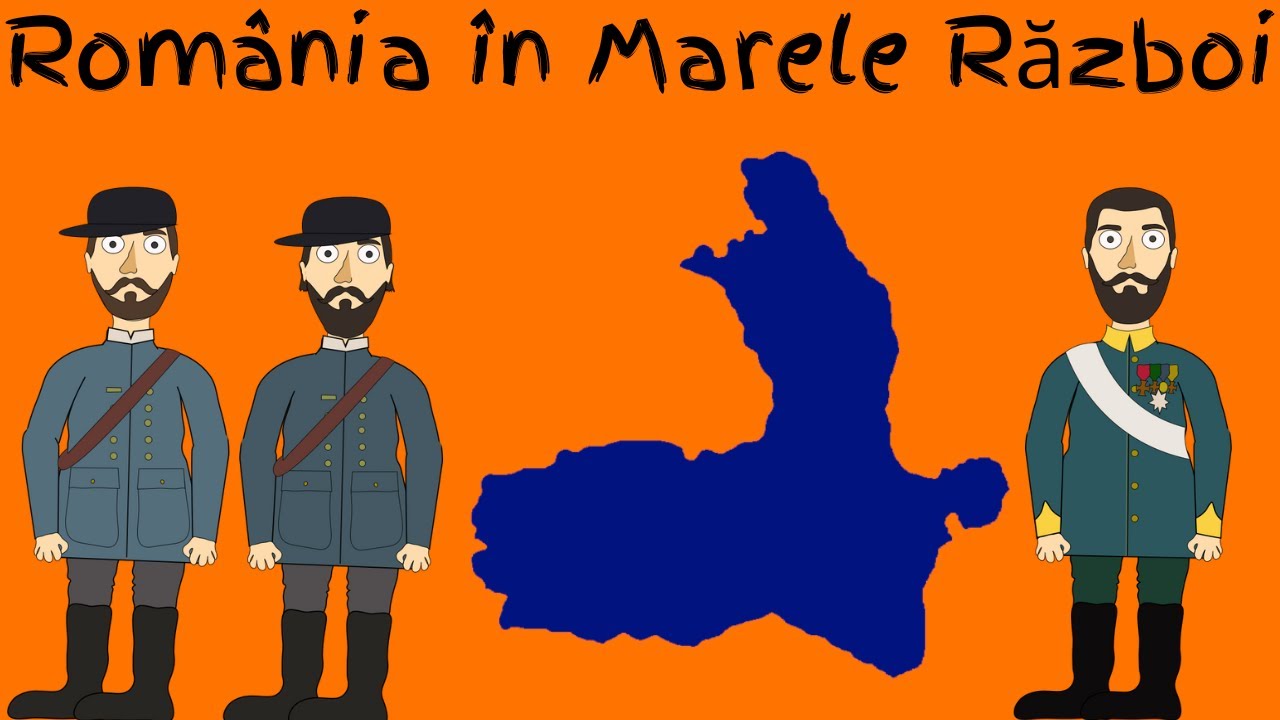The Russian Revolution (1917)
Summary
TLDRThe video outlines the events leading to the Russian Revolution, starting in 1914 with Russia's involvement in World War I, which left the army ill-equipped and the population dissatisfied. By 1917, anger towards Tsar Nicholas II intensified due to military failures, food shortages, and political discontent. The February Revolution led to the Tsar's abdication and the rise of the Provisional Government, which failed to meet the people's needs. Vladimir Lenin and the Bolsheviks capitalized on this discontent, promising 'Peace, Bread, and Land.' Their successful October Revolution resulted in a coup against the Provisional Government and the establishment of Bolshevik rule, leading to the Treaty of Brest-Litovsk and a civil war.
Takeaways
- 🇷🇺 The Russian Revolution began in 1917 amidst the chaos of World War I, where Russia was struggling against Germany.
- 👷♂️ The Russian Army consisted mainly of the working class and peasants, who were poorly equipped and trained for combat.
- 😡 By 1917, millions of Russians had been killed or wounded, leading to widespread anger towards Tsar Nicholas II.
- 💔 The public's discontent stemmed from various factors, including food shortages, Rasputin's influence, and the Tsar's decision to command the army personally.
- 🚨 The February Revolution of 1917 in Petrograd was sparked by protests over bread rationing, which escalated when soldiers refused to fire on demonstrators.
- 👑 Following the abdication of Tsar Nicholas II, a Provisional Government and the Petrograd Soviet were established to govern Russia.
- ⚖️ The Provisional Government faced criticism for its decision to continue fighting in World War I and its failure to implement land reforms for peasants.
- ✊ Lenin and the Bolsheviks gained popularity with their slogan 'Peace, Bread, and Land,' promising to address the people's needs.
- ⚔️ The Bolsheviks seized power on November 6-7, 1917, by launching a coup against the Provisional Government, storming the Winter Palace.
- 🕊️ After the revolution, the Bolsheviks exited World War I by signing the Treaty of Brest-Litovsk, which led to a civil war between the Bolshevik Red Army and the anti-Bolshevik White Army.
Q & A
What were the primary reasons for the dissatisfaction of the Russian people leading up to the revolution?
-The Russian people were dissatisfied due to several factors: the heavy casualties from World War I, food shortages, the Tsar's personal command of the Army, Rasputin's influence over the royal family, and growing political opposition.
What event marked the beginning of the first revolution in Russia?
-The first revolution began in February 1917 when demonstrators in Petrograd protested against food shortages due to rationing, joined by striking workers.
How did the military respond to the protests during the February Revolution?
-Initially, the military was called to suppress the protests, and several demonstrators were shot. However, many soldiers refused to open fire, indicating a mutiny against Tsar Nicholas II.
What was the outcome of Tsar Nicholas II's abdication?
-Tsar Nicholas II's abdication marked the end of the Tsarist autocracy, leading to the establishment of a new government run by two political parties: the Petrograd Soviet and the Provisional Government.
What were the main criticisms of the Provisional Government?
-The Provisional Government faced criticism for its decision to remain in World War I and for failing to distribute land to the peasants, which fueled further discontent.
Who was Vladimir Lenin and what was his role during the revolution?
-Vladimir Lenin was the leader of the Bolsheviks, a faction of the Marxist Russian Social Democratic Labour Party. He played a crucial role in the October Revolution, advocating for peace, bread, and land.
What slogan did Lenin use to rally support for the Bolshevik cause?
-Lenin used the slogan 'Peace, Bread, and Land' to appeal to the people, promising an end to the war, solutions to food shortages, and land redistribution to peasants.
What significant event took place on November 6th and 7th, 1917?
-On November 6th and 7th, 1917, the Bolsheviks launched a coup d'état against the Provisional Government, storming the Winter Palace and taking control of Russia's government.
What treaty did the Bolshevik government sign to exit World War I?
-The Bolshevik government signed the Treaty of Brest-Litovsk with Germany to exit World War I.
What conflict emerged following the Bolshevik Revolution?
-A civil war erupted in 1918 between those opposed to the Bolshevik government, known as the White Army, and the Bolsheviks themselves, referred to as the Red Army.
Outlines

此内容仅限付费用户访问。 请升级后访问。
立即升级Mindmap

此内容仅限付费用户访问。 请升级后访问。
立即升级Keywords

此内容仅限付费用户访问。 请升级后访问。
立即升级Highlights

此内容仅限付费用户访问。 请升级后访问。
立即升级Transcripts

此内容仅限付费用户访问。 请升级后访问。
立即升级5.0 / 5 (0 votes)






